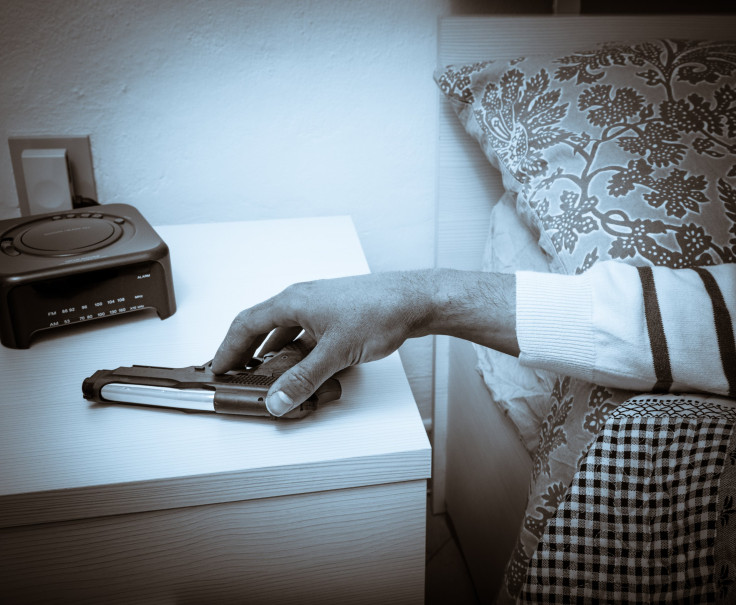Access to Guns Among Suicidal and At-Risk US Teens is More Widespread Than Expected

U.S. teens report easy access to firearms, even when they have mental health problems that put them at an increased risk of suicide, according to a new study.
Overall, 41 percent of teens who reported being in a home with a firearm had easy access to it. Among teens with a history of mental illness or suicidal acts, researchers found that percentage was the same.
The American Psychological Association and the American Academy of Pediatrics advise healthcare providers to talk about firearm safe storage with parents – especially those with at-risk youths at home.
“Our goal of this study was to find out if those recommendations were being implemented effectively in the community,” said Dr. Joseph Simonetti, the study’s lead author from the University of Washington School of Medicine’s Harborview Medical Center in Seattle.
Simonetti and his colleagues write in JAMA Psychiatry that suicide is the second leading cause of death for U.S. teens. Having a firearm in the home is one risk factor for suicide, they add.
Previous studies have found a lower suicide risk among residents of homes that practice safe storage of firearms.
For the new study, the authors used data collected between 2001 and 2004 from 10,123 U.S. teens between ages 13 and 18 years.
A third of the teens reported living in a home with a firearm. Of those, about 41 percent said they had easy access to that firearm and the ability to shoot it.
Older, male and non-Hispanic teens were more likely to report being able to access firearms. Those living in rural or wealthy households were also more likely to report access.
Among the teens with histories of mental illness or suicidal actions, such as thoughts or attempts, the researchers found they were just as likely as those without such histories to report firearm access.
“There is a disconnect between these generally agreed upon storage methods and what’s happening in the community,” Simonetti said.
He cautioned that the data included in this study is old. “One of the limitations of this study is we’re using data that was collected from 2001 to 2004,” Simonetti said, adding that he and his colleagues can’t say how practices may have changed since then.
“We need better studies on how to promote safe firearms storage especially in households with children and children with mental illness,” he said.
Simonetti said some effective safe storage methods include using gun locks and gun cabinets and hiding the keys from children.
(By Andrew M. Seaman)
SOURCE: http://bit.ly/1xftWKo JAMA Psychiatry, December 30, 2014.



























